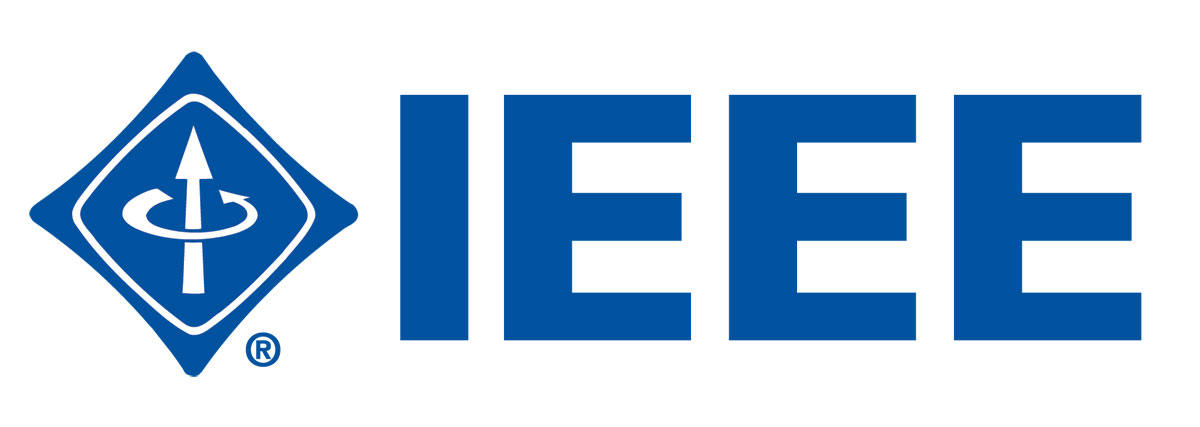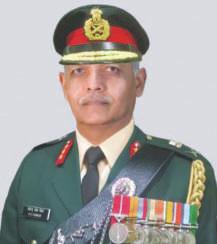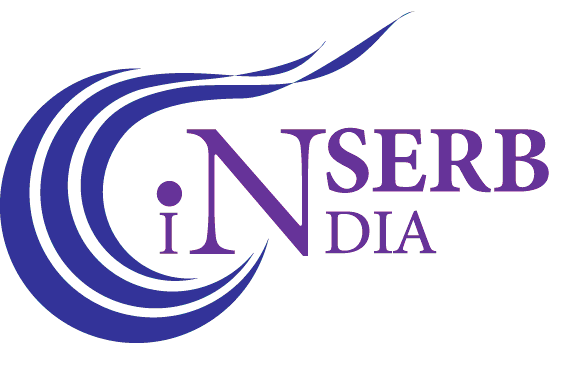



| SPEAKER | TITLE OF THE TALK | DAY OF THE TALK | ||
| Rama Chellappa | Deep Learning Networks: The Triveni Sangam of Signal Processing, Pattern Recognition and Computer Vision. | June 13 | ||
| Lt. Gen. (Retd.) Dr. Ravindra Singh Panwar | Telecommunication Challenges in the Indian Army: Critical Role of Networks in 21st Century Warfare. | June 14 | ||
| David Tse | Haplotype Phasing, Convolutional Codes and Community Detection | June 15 |
Title: Deep Learning Networks: The Triveni Sangam of Signal Processing, Pattern Recognition and Computer Vision.
Speaker: Rama Chellappa
Professor at University of Maryland, College Park.
Bio: Prof. Rama Chellappa received the B.E. (Hons.) degree from the University of Madras, Madras, India, in 1975, the M.E. (Distinction) degree from the Indian Institute of Science, Bangalore, India, in 1977, and the M.S.E.E. and Ph.D. degrees in electrical engineering from Purdue University, West Lafayette, IN, in 1978 and 1981, respectively. Since 1991, he has been a Professor of Electrical Engineering and an affiliate Professor of Computer Science with the University of Maryland, College Park.
Abstract: Over the last five years or so, deep learning networks have produced impressive results for several computer vision and pattern recognition problems. In this talk, I will discuss how the confluence of concepts from signal processing (Saraswati), pattern recognition (Yamuna) and computer vision (Ganges) has resulted in a “magical machine” that has produced impressive results for problems such as face detection, object detection/recognition and face verification/recognition. We will present a case study on unconstrained face verification and recognition highlighting the rapid progress that has been made in less than two years as well as discuss many remaining research challenges to be addressed.

Title: Telecommunication Challenges in the Indian Army: Critical Role of Networks in 21st Century Warfare.
Speaker: Lt. Gen. (Retd.) Dr. Ravindra Singh Panwar
Commandant at the Military College of Telecommunication Engineering, Mhow and Colonel Commandant of the Corps of Signals.
Bio: Lt. Gen. (Retd.) Dr. Panwar received his M.Tech in Computer Science and Engineering in 1988 and Ph.D. in 1992 from IIT Bombay. He did his Master of Management Science from Osmania University and is also a graduate of the National Defence College in New Delhi. At the time of his retirement from service at the end of April 2016, Dr. Panwar was Commandant at the Military College of Telecommunication Engineering, Mhow and a Colonel Commandant of the Corps of Signals. For more than three decades, Dr. Panwar had commanded important army units and formations in field as well as peace, dealing with communications, electronic warfare, signal intelligence and logistics.
Abstract: The Indian Army operates in diverse operational scenarios and very varied terrain and climatic conditions, from the rugged, bleak and extreme cold conditions of the Siachen Glacier to hot, desert stretches of the Rann of Kutch. Furthermore, operations are required to be supported across the borders, deep inside unknown enemy territory under the fog and friction of war. Provisioning of reliable, high bandwidth and secure triple-paly communication services from Army HQ down to the forward-most elements across the peace-crisis-conflict continuum is, therefore, a huge challenge. Also, the breathtaking pace of advancements in ICT is leading to revolutionary changes in 21 st Century warfighting methodologies. Two key concepts which have emerged in this context are Network Centric Warfare and Information Operations. Having a robust information infrastructure in place, therefore, is very essential for 21 st Century defence forces to be effective. The talk will address some of the challenges which need to be addressed in providing communication support to the Indian Army in this Information Era, and the role which can be played by the academia and industry towards this end.

Title: Haplotype Phasing, Convolutional Codes and Community Detection
Speaker: David Tse
Professor at Stanford University and the University of California, Berkeley
Bio: David Tse received the B.A.Sc. degree in systems design engineering from University of Waterloo in 1989, and the M.S. and Ph.D. degrees in electrical engineering from Massachusetts Institute of Technology in 1991 and 1994 respectively. From 1994 to 1995, he was a postdoctoral member of technical staff at A.T. & T. Bell Laboratories. From 1995 to 2014, he was on the faculty of the Department of Electrical Engineering and Computer Sciences in the University of California at Berkeley. He is currently a professor at Stanford University.
MoreAbstract: The era of high-throughput sequencing, when large amounts of DNA and RNA sequence data are generated at increasingly lower costs, presents interesting algorithmic problems that have connections to multiple fields. In this talk, we will present one such connection between three disparate fields.
Humans have 23 pairs of homologous chromosomes, which are identical except on certain positions called single nucleotide polymorphisms (SNPs). A haplotype of an individual is the pair of sequences of SNPs on the two homologous chromosomes. Knowing the haplotypes of individuals can lead to a better understanding of the interplay of genetic variation and disease as well as better inference of human demographic history. In this talk, we discuss the problem of inferring haplotypes of individuals from high-throughput sequencing data in the form of short fragments called reads. We give a simple formula for the number of reads needed to accurately reassemble a haplotype. The analysis leverages connections between this problem and decoding convolutional codes, a well-studied problem in communication theory. Finally, we will discuss an interesting connection with the problem of community detection, where communities have to be inferred based on the friendship graph of users.








